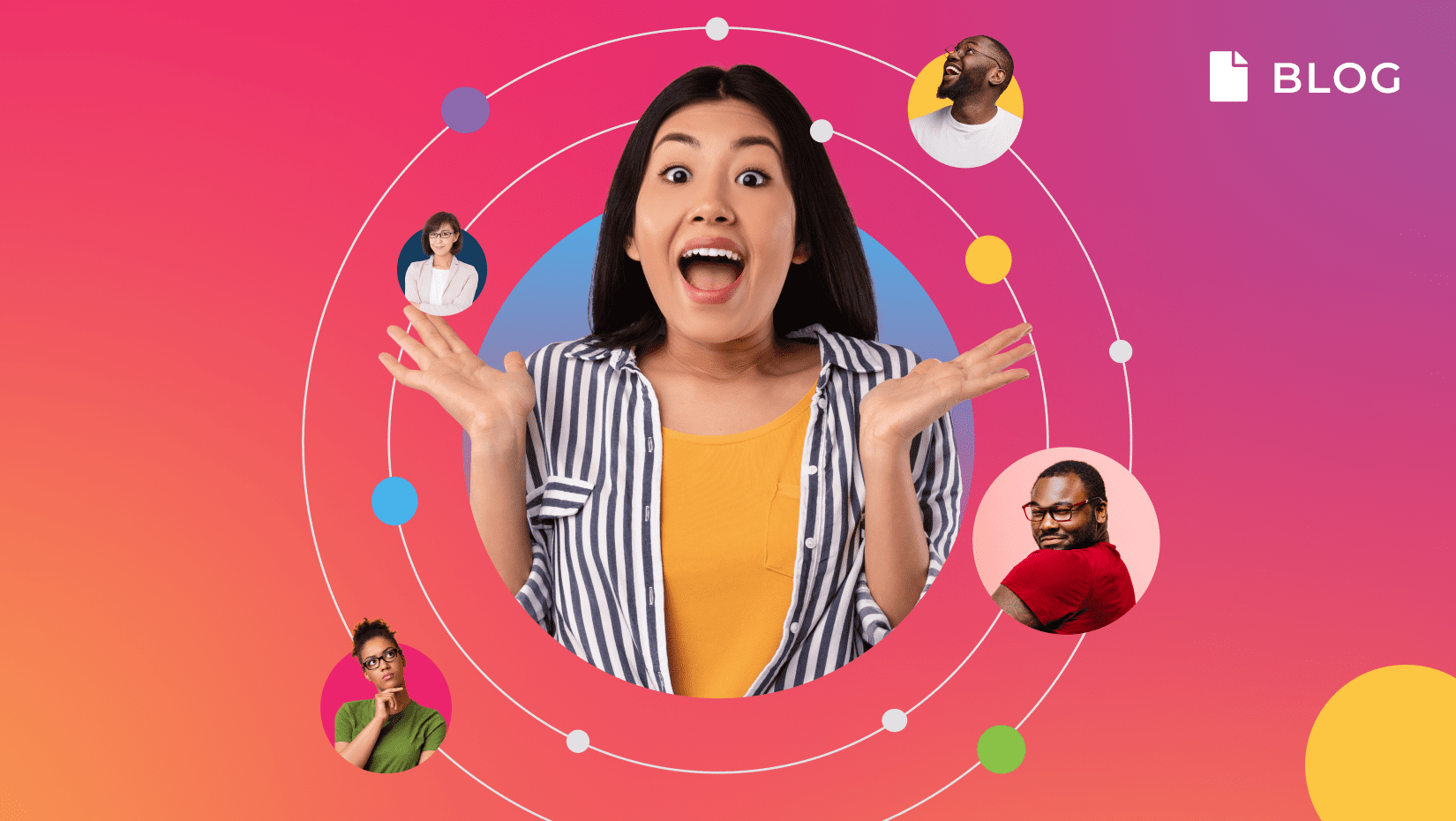I’ve had many conversations with Customer Education and Customer Success leaders that have all gone something like this:
“I want to educate users on my software…but we’re busy, and hiring people is expensive. Can’t we just go digital and have AI do the training for me?”
Yes, we’re going digital, which is definitely a step in the right direction, but we can’t go too far; we have to keep that human element in play—here’s how.
A Push in the Right Digital Direction
Digital Customer Success isn’t just beneficial—it’s an essential strategy for growth. This aligns with a principle I often emphasize: “If you’re not scaling, you’re failing.” As businesses expand, the ability to scale becomes crucial. Initially, a few Customer Success Managers (CSMs) might manage the demands, but as the complexity of your software increases, these resources can quickly become overwhelmed.
Digital Customer Success addresses this challenge by guiding customers toward successful outcomes across multiple channels so they can act independently and still receive the guidance and expertise required for their success. Channels including in-app assistance, email support, community engagement, or digital customer education – such as on-demand courses and microlearning – are all tactics within a Digital Customer Success strategy that ensures that as businesses grow, their customer support capabilities grow with them, meeting increasing demands without compromising on quality or responsiveness.
Why The Digital Shift Keeps Me Up at Night
Let me be clear: The shift to digital customer education is great for a ton of reasons:
- You can train more customers without the need to increase headcount.
- You give your customers the flexibility to learn at their own pace and on their own schedule.
- You can measure the impact of your courses on learning outcomes
But there’s a looming challenge I can’t ignore.
Through COVID-19, Reductions in Force (RIFs), and other challenges, we’ve reached a point where we’re increasingly reliant on virtual and on-demand approaches to help our customers learn “at scale.”
It’s crucial to remember that technology is a tool and not a substitute for human connection. Your customers don’t just seek answers; they look for understanding and empathy—qualities that are inherently human. As we integrate more AI into our systems, maintaining a balance where technology supports enhanced human interaction, rather than diminishing it, will be key.
The Bridge Connecting Human and Digital Touchpoints
To really understand what I’m saying, I have to tell a story: In 2015, I joined Gainsight to focus on solving a fundamental, and often universal problem that plagues many software companies: How to unblock customers and help them adopt and use software we create.
What I learned from this experience was surprising.
My role was wholly focused on learning why people were struggling to learn the platform, and providing educational solutions to help them. In fact, my title didn’t have anything to do with Customer Education or Enablement at the time. I was the Manager for the Success for Administrators program.
This experience was unique for one reason: I was not joining Gainsight to “build training.” I tend to think that kind of approach to education does little but parrot our biases and assumptions about what people need to learn.
No, my approach was entirely different.
Together with my peers, I embarked on an (literal) adventure to approach and interview both Gainsight CSMs and our customers in the field. I developed close relationships with my team and, surprisingly, with many of the people I had engaged with to learn from.
What does this story tell us?
The core of Customer Success is deeply rooted in engagement with the customer, a fundamentally human activity that technology can’t replicate. The approach I took in my role was about forging genuine connections. By directly engaging with both our CSMss and customers, I built relationships that went beyond mere transactions. This isn’t just about caring for the customer and their outcomes—it’s about understanding their experiences, challenges, and goals on a personal level, something no AI could ever fully achieve … at least not yet.
So, how do we keep the human touch in a world where digital is everywhere and growing?
Here are some ideas.
Create Blended Training Experiences
Instructor-led training is helpful in a substantive way. Your team is engaging with learners interactively and in real-time, sharing tips, asking questions, and facilitating learning activities. When we introduce more scale-based options (such as on-demand training) we lose this kind of connection with our customers.
One experience I relished in my career was working as an Adjunct Professor for a local university. Why? Because I could look around the classroom and see learning happening based on non-verbal cues from my students. Their expressions, posture, and inattention all helped me understand if someone was “learning”—and that feedback was invaluable.
It’s still a good practice to offer live training experiences, but I wouldn’t rely on them exclusively. For example, you can create blended experiences by using on-demand training (your academy or university) for foundational training and live (1:many) sessions as workshops and hands-on experiences for more complex topics.
Empower CSMs (and others) with Microleaning
We talk a lot about freeing CSMs and other customer-facing team members from delivering training by creating on-demand programs, but that’s only half the story.
A problem that tends to emerge soon after creating an on-demand program is that your teams may disconnect from education entirely. Not their problem anymore, right?
Wrong. It’s more important than ever.
Part of my team’s responsibility while I worked at Outreach, where I was the Head of Customer Education for almost three years, involved creating and maintaining what we called “templates and snippets,” which were essentially pre-formatted communications (like email templates) that help direct customers to educational content, such as microlearning courses. We also spent time enabling our CSMs on these communications, so they can effectively direct customers to them. Many applications, such as Gainsight, HubSpot, and more, offer options to create pre-formatted content (often emails) that matches customer use cases.
Additionally, most CSMs can do something your educational material cannot (provided you give them context): Understand the customer’s unique problems and goals. It’s amazing when a CSM can provide a link to a course and have the customer return to ask specific questions.
Embrace the Feedback Loop
While we often rely on Net Promoter Score (NPS) or (customer satisfaction score) CSAT for feedback from our customers, these aren’t the only sources you can use to improve your customer education program.
This is an area where your Community can also help. Remember: Not all learning happens within your academy. If you have a healthy, active community, encourage your customers to provide feedback about their learning experiences.
- What’s working?
- What’s not?
- What are they learning that can add value for everyone?
Even more, your digital program won’t capture everything. Sometimes, you need to pick up the phone and call your customers. It’s good to constantly work with your CSMs and other customer-facing team members to uncover gaps that emerge over time.
Keeping a Sense of Humanity in Digital Customer Education
Ultimately, Customer Education is about helping your customers achieve the outcomes that matter to them. Our job is to be the “blood in the veins” of a growing business, carrying oxygen (learning) to every part of the body (customer base).
As we see the emergence of new platforms focused on learning, especially those tied to AI, make sure you preserve the humanness of your business, like Gainsight does with its human-first values. Customer Education is at the heart, quite literally, of that and should be prioritized and integrated into each organization as a result.
When we leverage the power of digital (including AI) with human engagement and expertise, we craft more effective learning experiences for everyone.
Learn More
Ready to get started? Check out Gainsight Customer Education.

